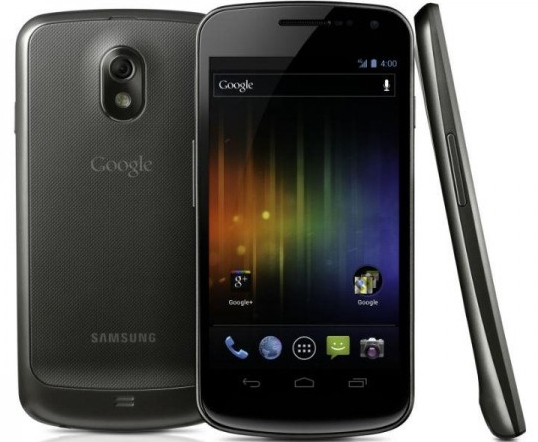
Google and Samsung Galaxy Nexus is everything you said it would be
To celebrate the introduction of the newest version of Android, called Ice Cream Sandwich, Google and Samsung introduced the flagship Ice Cream Sandwich phone Tuesday evening, the Galaxy Nexus.
Continuing Google's naming culture where "Nexus" represents the most cutting-edge Android phones, the Galaxy Nexus offers impressive hardware to back up the impressive Android software update.
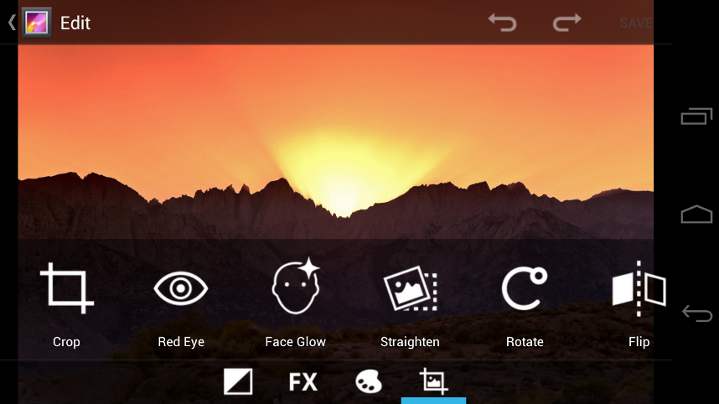
30 Awesome new features in Android 4 'Ice Cream Sandwich'
In Hong Kong today, Google and Samsung unveiled Google's new flagship Android device, the Nexus Prime, a 4.65" Super AMOLED-toting, 1.2GHz LTE and HSPA+ smartphone. However nice the hardware of the new device is, it is second to the fact that it is the first device to run Ice Cream Sandwich (ICS), the newest build of Android that unifies tablets and smartphones under a single OS for the first time.
"People like Android, they need Android…but they didn't LOVE Android," said Google's Matias Duarte in today's presentation. To remedy this, Google has not only introduced new and practical functions to ICS, but gave it a slicker look, faster responsiveness, and some extremely impressive bells and whistles.
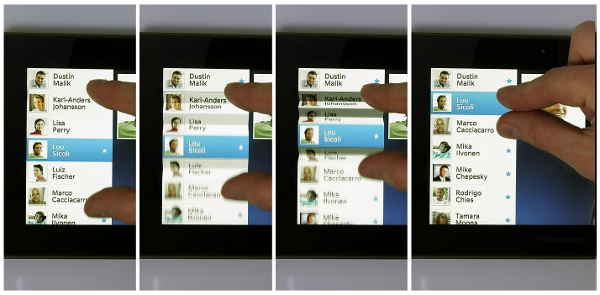
BlackBerry moves into the next generation with new BBX platform, Cascades UI
On the first day of its BlackBerry developer conference in San Francisco, smartphone maker Research in Motion announced the next generation of BlackBerry platform will be called BBX and it will combine QNX, the platform RIM acquired in 2010 and used in the PlayBook tablet with the more traditional BlackBerry smartphone platform, a move not unlike the one Google has taken with Android "Ice Cream Sandwich."
BBX will be a complete platform made up of the operating system known as BBX-OS, and the related BlackBerry cloud services and development environments. BBX will support all the QNX tools that were used for PlayBook development, including Native SDK, Adobe AIR/Flash and WebWorks/HTML5. It will also include support for the BlackBerry Runtime for Android Apps.
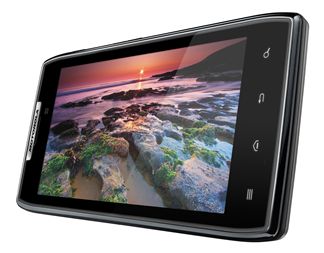
Motorola combines its two strongest phone brands, unveils the 4G Droid Razr
Motorola Mobility on Tuesday revealed its newest flagship Android smartphone, the Droid Razr, a device that combines Motorola's most lasting brands in a single package.
Droid Razr has a 4.3" Super AMOLED qHD display with Corning's Gorilla Glass protecting it. The original Razr's claim to fame was that it was flat and dramatically thinner than other flip phones available at the time of its release. The Droid Razr attempts to do the same thing for touchphones, and comes in at a slim 7.1mm in thickness. Motorola Mobility CEO Sanjay Jha on Tuesday said it will be the thinnest smartphone on the market.
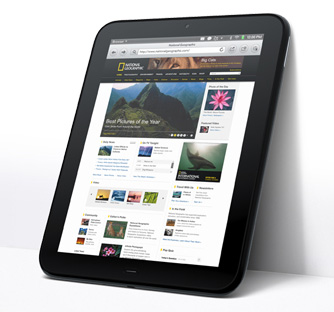
TouchPad not dead yet, gets webOS 3.0.4 update
Even though Palm is a dead brand, and the future of WebOS is uncertain now that HP is reconsidering its position in the consumer electronics market, the vanishingly popular TouchPad tablet today is receiving an over-the-air update to webOS 3.0.4.
According to HP on Tuesday, this update brings the TouchPad a new camera app, the ability to pair non-webOS devices with the TouchPad for call routing, improved support for Bluetooth keyboards, support for the OGG Vorbis music file extension, and the addition of online/offline status in the messaging client.
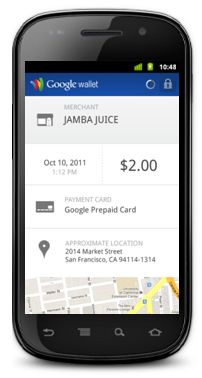
Google Offers combines with Google Wallet in new SingleTap experience
Google and some of its retail partners have rolled out an updated experience to the four-week old Google Wallet payment-by-phone system that now includes coupons and rewards points, which can all be redeemed with a single tap of the user's NFC-enabled smartphone. Google is calling the updated experience "SingleTap."
In this updated experience, Google Offers has been incorporated into the wireless payment system. In the "Offers" tab in the Google Wallet app, there are deals exclusive to users of the wireless payment service, and whenever a user scans his Google Wallet wireless device, these deals are automatically activated whether or not he's actually checked them out in the tab.
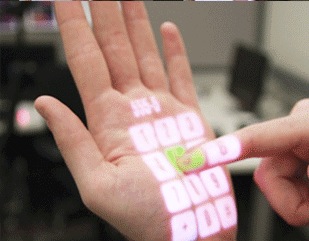
Microsoft continues to look beyond the glass screen with new touch experiments
At the ACM Symposium on User Interface Software and Technology (UIST) in Santa Barbara, California this week, Microsoft Researchers are showing off some experimental touch interaction projects that look beyond the flat glass touchscreen and move into different areas where touch-sensitivity could be employed.
OmniTouch, one of the projects making a major appearance this week, uses a pico projector and a Kinect-like depth-sensing camera to project "clickable" images onto any surface. It's actually quite similar to the device we first saw from the MIT Fluid interfaces group three years ago, which utilized a pico projector, smartphone, and camera to put an interface layer over the real world. The critical difference between the two is OmniTouch's use of a three dimensional camera that detects the difference between a click and a hover and allows for a much more sensitive interface.
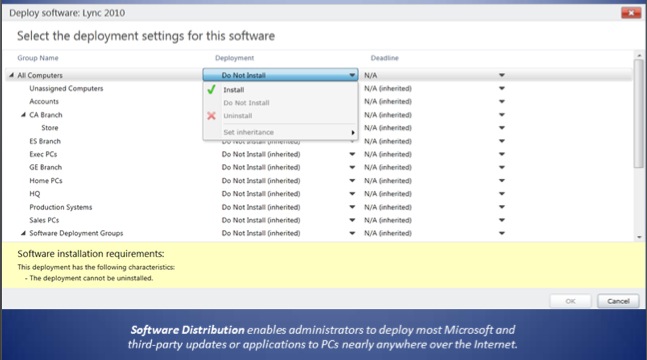
Microsoft begins rollout of Windows Intune 2.0 cloud IT management suite
Microsoft on Monday rolled out the stable release of Windows Intune 2.0, the latest version of the company's new browser-based remote PC management suite that has been in beta for the last three months.
This version of Windows Intune enhances the UI from the first version and adds a handful of user-requested features, most notably the improved ability to deploy software to remote PCs from a cloud storage account.

RIM apologizes for outage with free apps, free enterprise tech support
The worldwide BlackBerry outage that lasted three days last week disconnected an untold number of Research in Motion's 70 million customers, and the company today is offering compensation to its users with a couple of valuable packages of free (non-material) stuff.
For users, the entire catalog of premium apps in BlackBerry App World will be free to download for four weeks. Between Wednesday, October 19th and December 31, 2011, premium apps will be available free of charge to users, depending upon their device type, OS, and local regional restrictions.
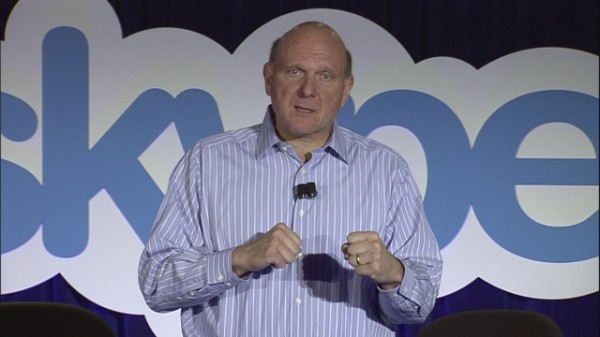
Skype now officially property of Microsoft
Microsoft has completed the $8.5 billion acquisition of consumer VoIP and instant messaging service provider Skype from investment firm Silver Lake that was first announced
six months ago.
Now, Skype is officially a new business division inside of Microsoft, and the company's CEO Tony Bates will become president of that division, reporting directly to Microsoft CEO Steve Ballmer. For now, it appears Skype's products won't change.

Pearson adds free learning management tools to Google Apps for Education
Publishing and educational tools company Pearson on Thursday launched the beta version of OpenClass, a free, cloud-based learning management system (LMS) that is integrated with Google Apps for Education, and will be available in the Google Apps Marketplace.
Earlier today, techie Ryan Tyler wrote an article for us about Gadgets in higher education, which are certainly a big part of on-site learning. But for remote learning, independent study, scheduling, collaboration, testing, and submission of assignments, the cloud plays a huge, and ever-growing role in higher education.
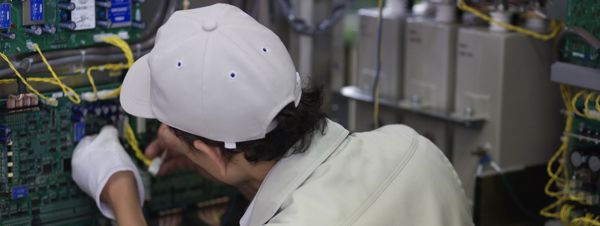
Violate Microsoft's vendor code of conduct and you're fired
Microsoft on Thursday announced that it is broadening the amount of information it publishes from its global vendors regarding their business ethics, environmental policies, labor and human rights standards, and respect for intellectual property.
Microsoft's "Vendor Code of Conduct" is a set of rules that vendors, their employees, agents and subcontractors must adhere to if they want to keep doing business with Microsoft, and the company is looking to make more of this information available to shareholders, customers, and individuals so they can take a deeper look at how Microsoft is holding up its social responsibilities.
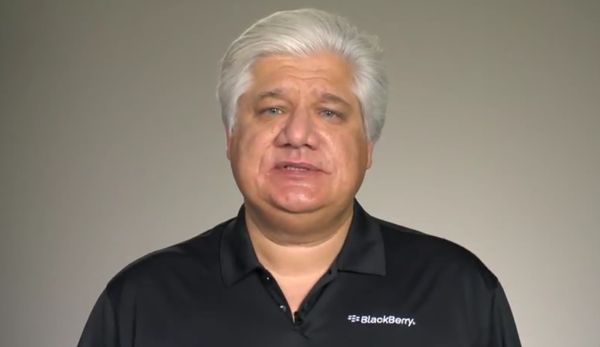
BlackBerry services return after historical global outage
Research in Motion founder Mike Lazaridis issued a somber apology on Thursday about the worldwide BlackBerry outage that has lasted the better part of a week, and followed it up with a press conference to provide a more detailed explanation of what went wrong in RIM's system.
As the company said yesterday, there was a failure in a single piece of hardware and its failover mechanism that caused a "ripple effect" throughout the entire BlackBerry infrastructure.
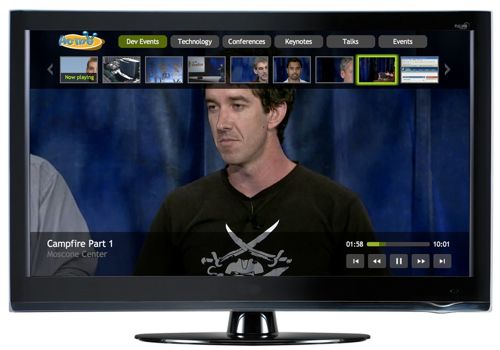
Android SDK add-in for Google TV finalized before major update
Ahead of the update to Google TV's software that will bring the Android Market to TV, Google has released the final add-on to the Android SDK that lets developers port their Android apps over to Google's set top box interface.
This add-on is nearly identical to the preview that Google released two months ago, but Product Manager Ambarish Kenghe pointed out two differences between them.

BlackBerry services are still down internationally, America feels effects
Research in Motion's BlackBerry services are now out of commission for their third day in Europe, the Middle East, North Africa, and Asia.
"We know that many of you are still experiencing service problems. The resolution of this service issue is our Number One priority right now and we are working night and day to restore all BlackBerry services to normal levels. We will continue to keep this page updated," a service update from RIM on Wednesday said.

